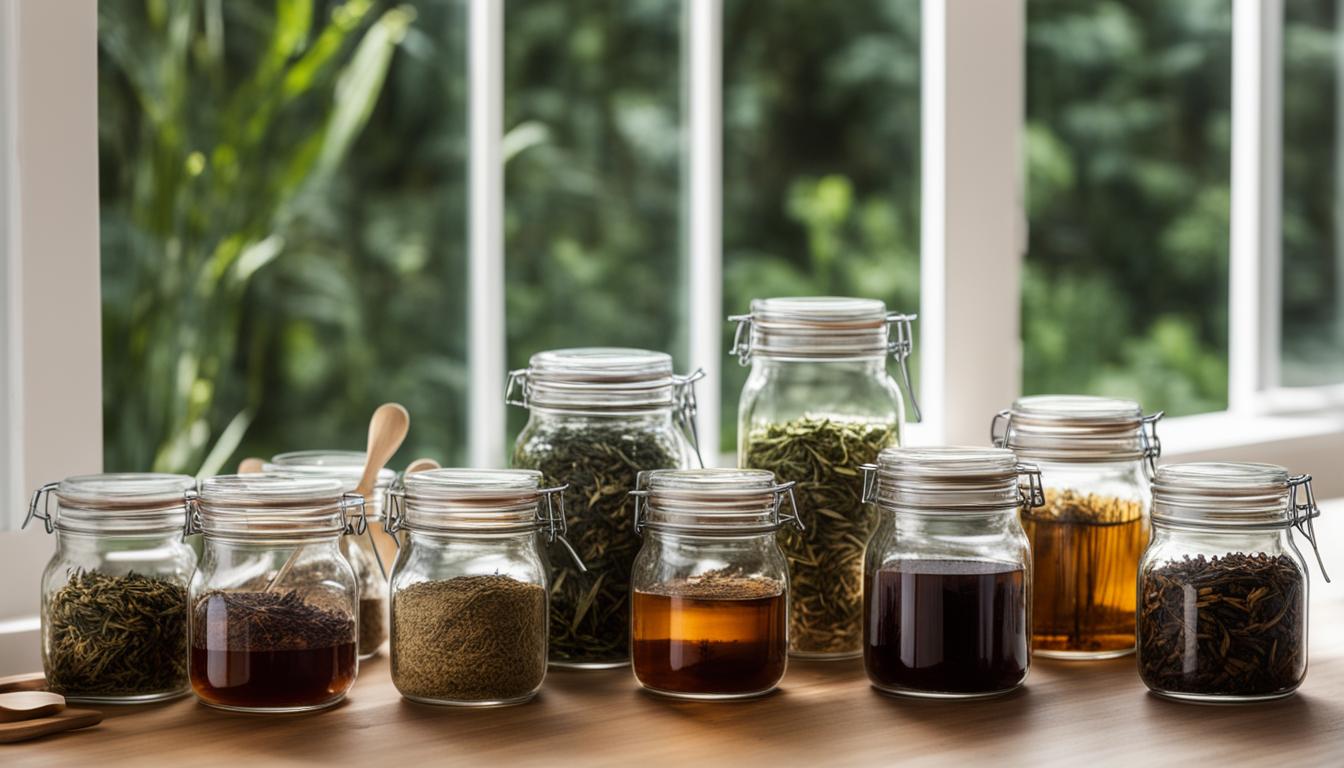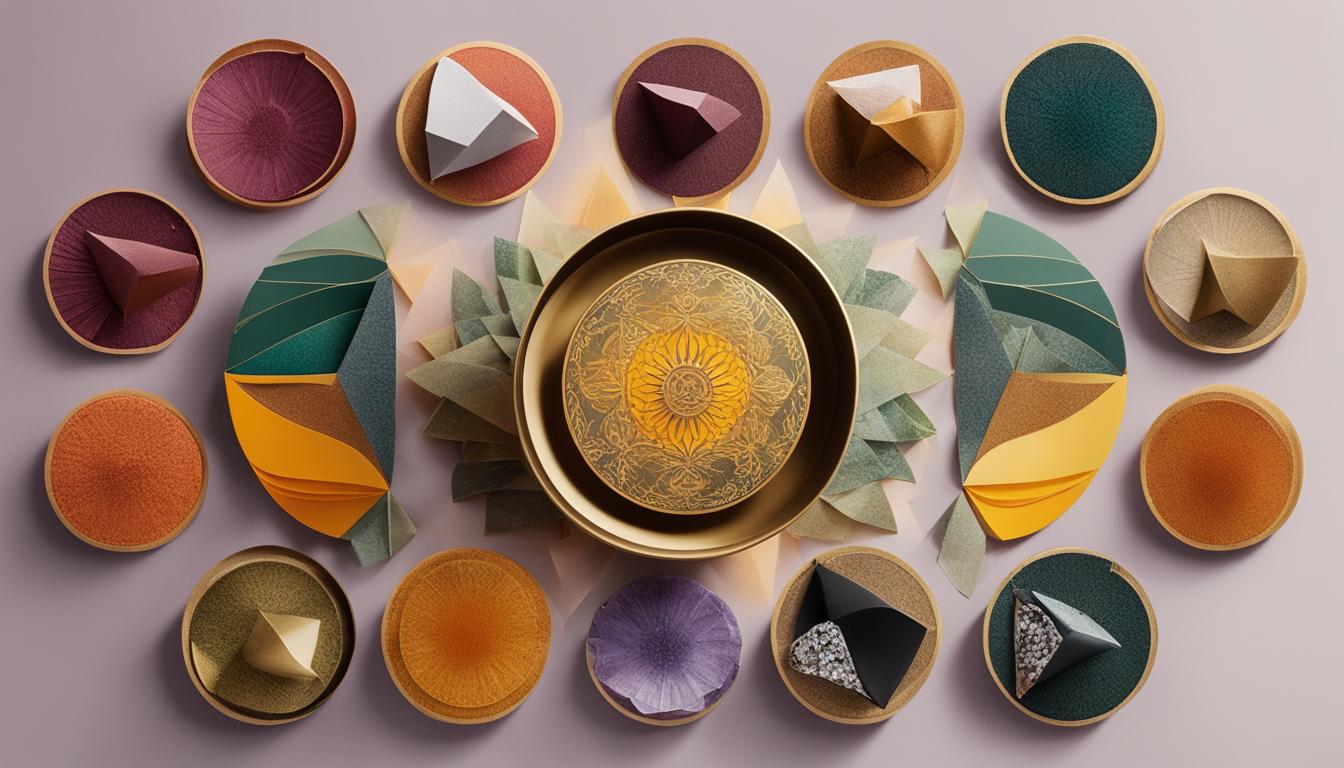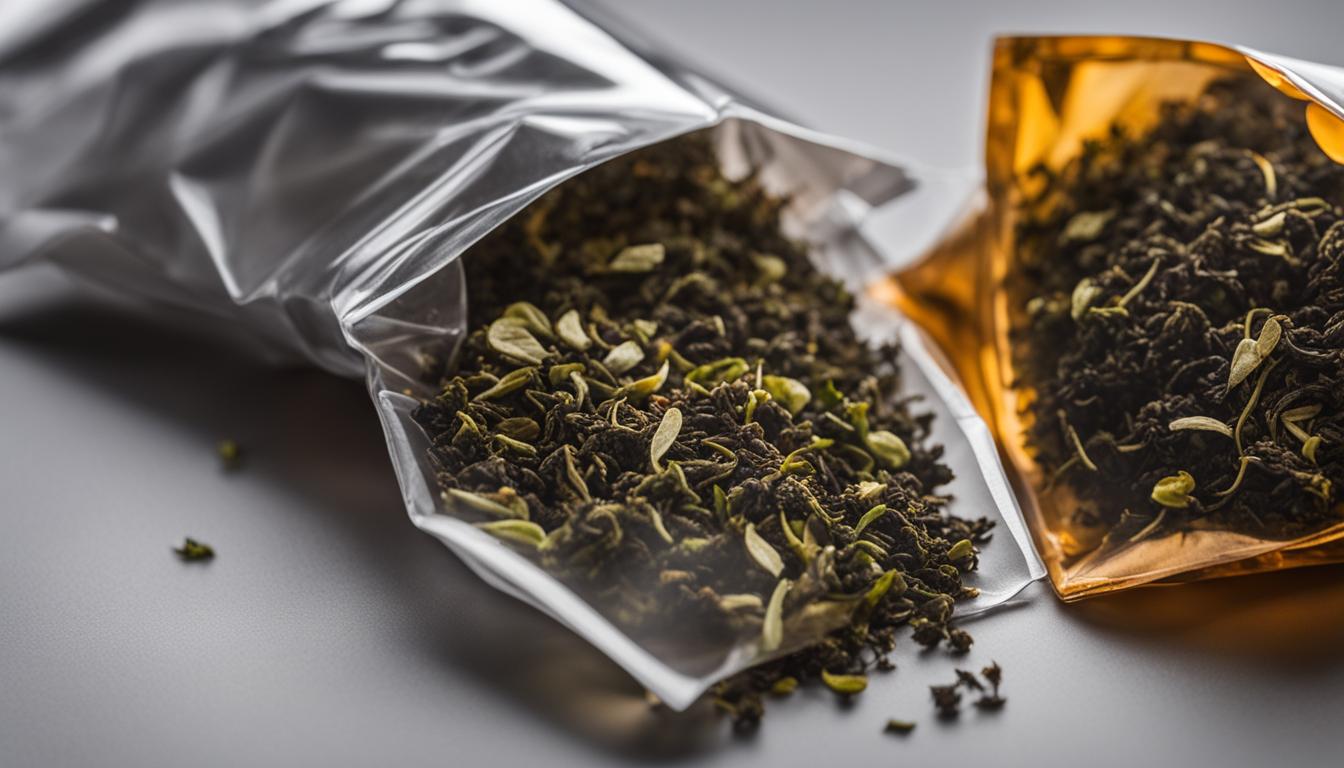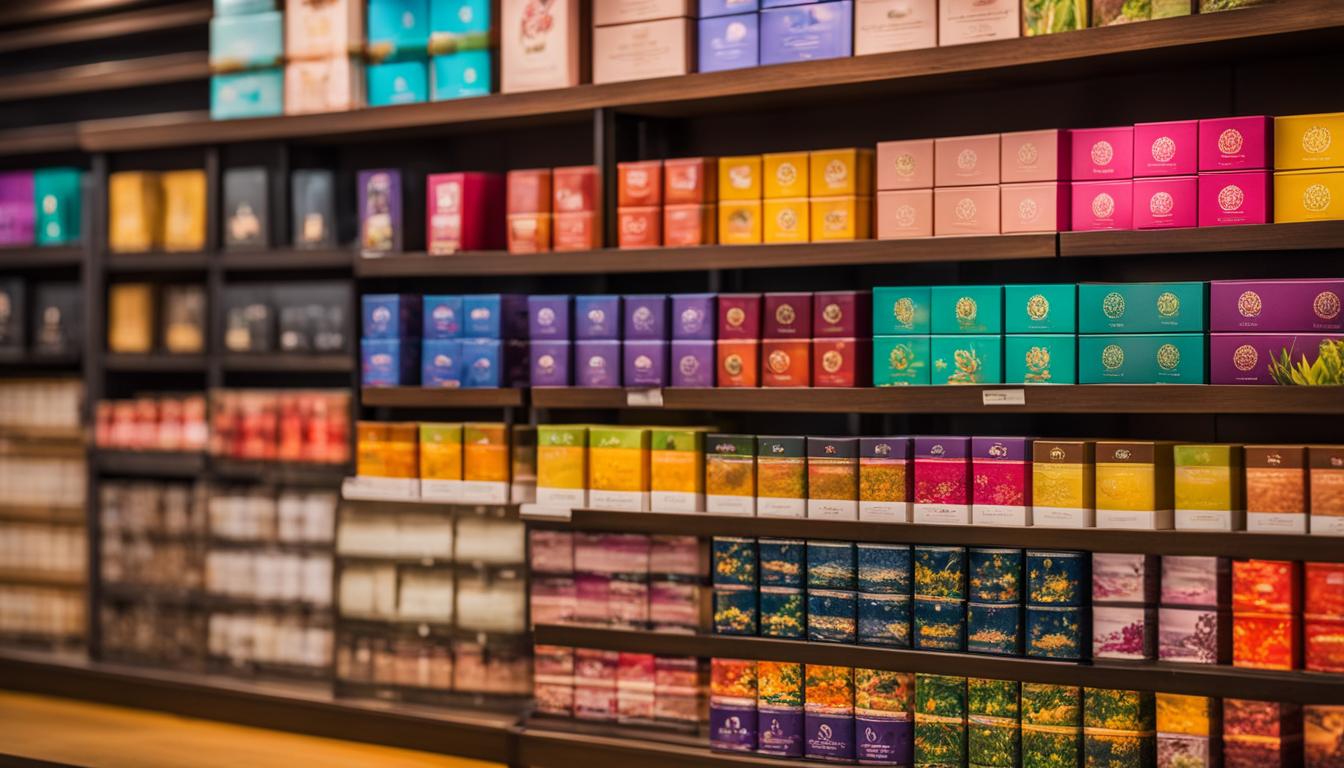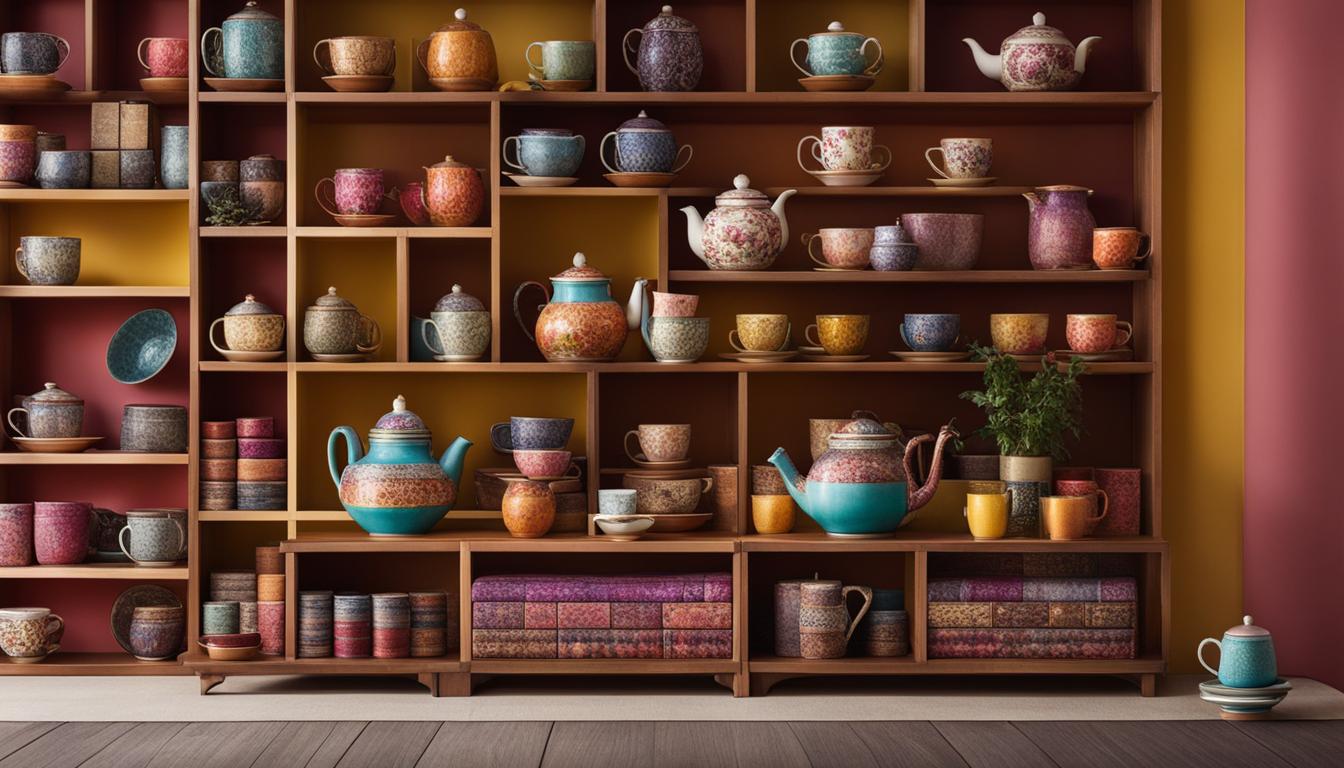Welcome to our guide on the best practices in tea packaging and storage. As tea enthusiasts, we understand the importance of preserving the freshness and flavor of this beloved beverage. In this article, we will explore the techniques and rules that can help you extend the shelf life of your tea while ensuring a delightful experience with every brew.
When it comes to tea packaging, design plays a crucial role in attracting consumers and setting your brand apart from competitors. A well-designed package should include a proper logo placement, clear product definition, authenticity, differentiation from similar offers, and a showcase of your brand’s unique voice. Customizing the design based on your target audience and their needs can greatly enhance brand recognition and trust.
There are various materials commonly used for tea packaging, including cardboard boxes, metal tins, stand-up pouches, and cardboard tubes. Each material has its own unique design and functionality. Investing in quality packaging materials, such as airtight tins or canisters, glass jars with airtight seals, ceramic or clay containers, and vacuum-sealed bags, can help maintain the freshness and flavor of your tea.
Proper storage practices are equally important in maintaining tea freshness. Factors such as light exposure, air exposure, moisture, and odor absorption should be taken into consideration. Storing tea in a dark and cool place, using airtight containers, keeping different tea varieties separate, and avoiding exposure to strong odors and light are some of the key rules to follow.
Now, let’s dive deeper into tea storage techniques for maintaining freshness and explore the specific requirements for different types of tea. Remember, by following these best practices, you can ensure that every cup of tea you brew is a delightful and satisfying experience.
Key Takeaways:
- Invest in quality packaging materials to maintain tea freshness and flavor.
- Customize tea packaging design to enhance brand recognition and trust.
- Consider factors like light exposure, air exposure, moisture, and odor absorption when storing tea.
- Store tea in a dark and cool place using airtight containers.
- Different types of tea have specific storage requirements to preserve their unique flavors and aromas.
Tea Storage Techniques for Maintaining Freshness
Proper tea storage is essential for preserving the freshness and flavor of your favorite tea varieties. By following these tea packaging handling tips and storage recommendations, you can ensure that every cup of tea you brew delivers a delightful and satisfying experience.
1. Protecting Against Light Exposure
Light can have a detrimental effect on the quality of tea, causing flavor loss and degradation. To safeguard your tea from light exposure, store it in a dark and cool place, away from direct sunlight or strong artificial light sources. Additionally, consider using opaque containers or wrapping transparent containers with an opaque material to limit light exposure and preserve the tea’s quality.
2. Preventing Air Exposure
Air exposure can lead to tea oxidation and the loss of freshness. To prevent air from entering tea containers, ensure that they are tightly sealed. Airtight tea tins, canisters, glass jars with airtight seals, and vacuum-sealed bags are excellent options for maintaining tea freshness by protecting the tea from air exposure.
3. Battling Moisture and Odor Absorption
Moisture is the enemy of tea freshness, as it can cause mold or mildew growth. To keep your tea dry, store it in a dry environment away from humid areas. Additionally, tea easily absorbs odors, so it’s crucial to store it away from strong-smelling areas or food items to avoid flavor contamination.
Remember, different types of tea, including green tea, black tea, oolong tea, white tea, and herbal tea, have specific storage considerations to maintain their unique flavors and aromas. By implementing these tea storage techniques, you can preserve the freshness of your tea and elevate every tea-drinking experience.
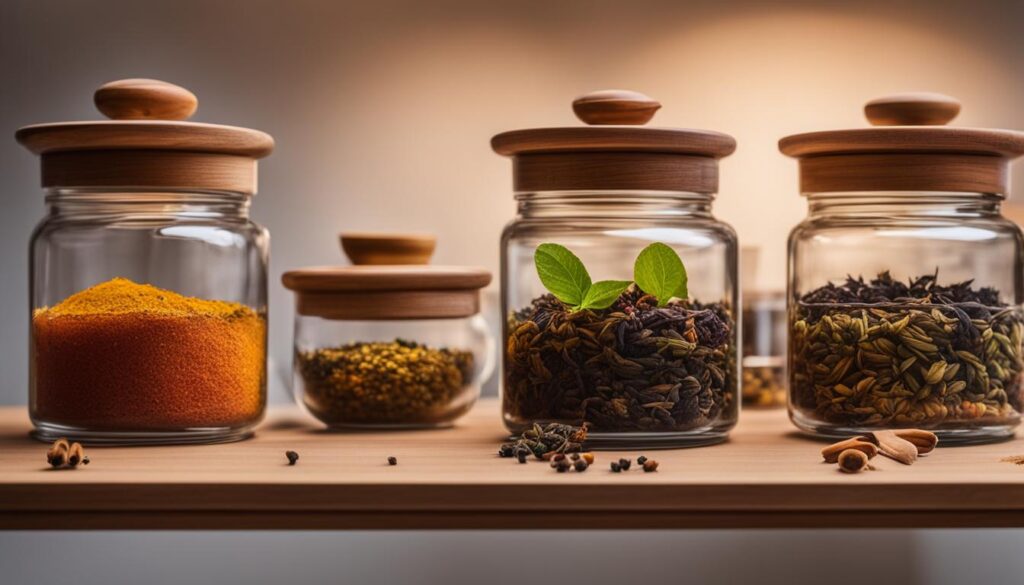
| Tea Storage Techniques | Benefits |
|---|---|
| Protecting Against Light Exposure | – Prevents flavor loss and degradation. – Preserves tea’s quality and aroma. |
| Preventing Air Exposure | – Reduces tea oxidation. – Maintains freshness and flavor. |
| Battling Moisture and Odor Absorption | – Prevents mold or mildew growth. – Avoids flavor contamination. |
Conclusion
As tea enthusiasts, we understand the importance of maintaining tea freshness and flavor. That’s why we’ve covered the best tea storage procedures and preservation practices to help you enjoy a delightful cup of tea every time you brew.
First and foremost, proper tea packaging design is essential in attracting consumers and standing out in the market. Customizing the design and materials according to your target audience and brand values can enhance recognition and trust. Remember, good packaging includes logo placement, clear product definition, authenticity, differentiation, and showcasing your brand’s voice.
When it comes to tea storage, protecting it from light exposure, air exposure, moisture, and odor absorption is crucial. Store your tea in a dark and cool place using airtight containers. Keep different tea varieties separate, and make sure to avoid strong odors and light. By following these best methods, you can maintain tea freshness and preserve its unique flavors and aromas.
Finally, don’t forget some additional tips to extend the shelf life of your tea. Purchase tea in small quantities to ensure freshness, seal your tea packaging properly, rotate your tea stock to enjoy the variety, and consider freezing for long-term storage. These practices will help you make the most out of your tea collection.
FAQ
What role does tea packaging design play in attracting consumers?
Tea packaging design plays a crucial role in attracting consumers and standing out among competitors. Good packaging design includes proper logo placement, clear product definition, authenticity, differentiation from similar offers, and showcasing the brand’s voice.
What are some common tea packaging materials?
Common tea packaging materials include cardboard boxes, metal tins, stand-up pouches, and cardboard tubes. Each material has its own unique design and functionality.
How can customizing the design of tea packaging improve brand recognition?
Customizing the design of tea packaging according to the target audience and their needs can greatly improve brand recognition and trust. Telling a brand story through clever copy on the packaging can create a strong emotional connection with consumers.
What are some tips for proper tea storage?
Proper tea storage practices include storing tea in a dark and cool place, using airtight containers, keeping different tea varieties separate, and avoiding exposure to strong odors and light. Different types of tea, such as green tea, black tea, oolong tea, white tea, and herbal tea, have specific storage requirements to maintain their freshness.
How can I extend the shelf life of tea?
Tips for extending tea shelf life include buying tea in small quantities, properly sealing the tea packaging, rotating tea stock, and considering freezing for long-term storage. These practices can help ensure that you enjoy a delightful and satisfying cup of tea every time you brew.

